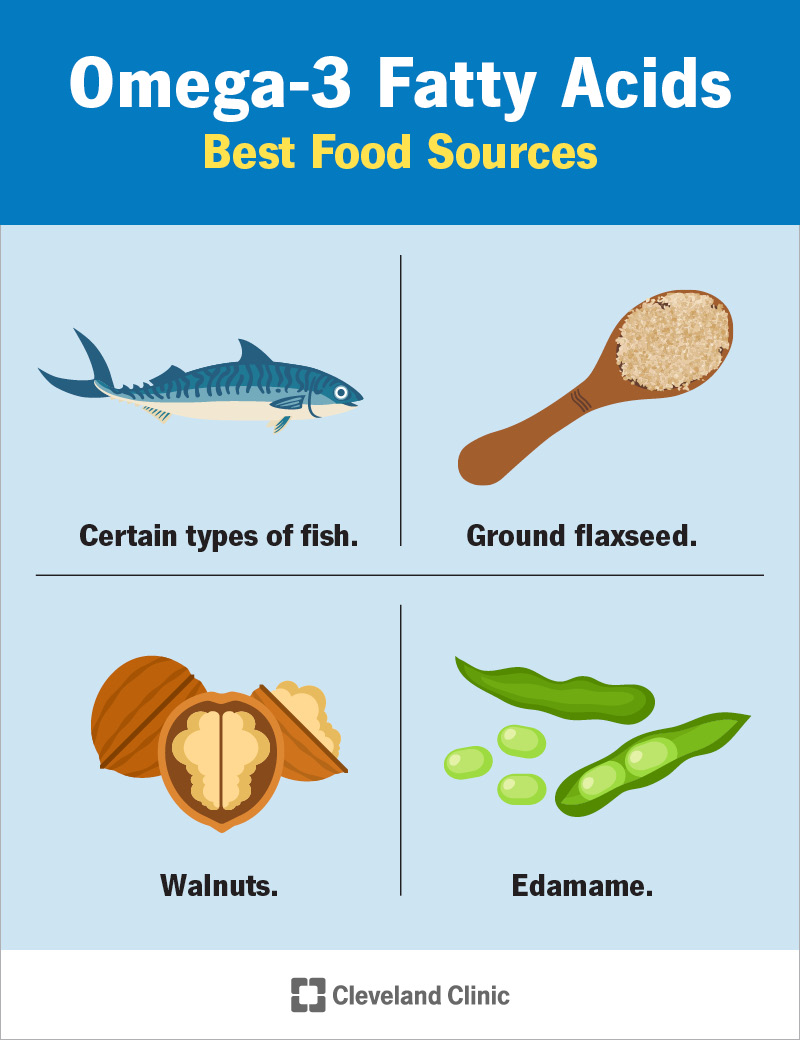
Do you suffer from dry, itchy, and irritated eyes? If so, you're not alone. Dry eye syndrome affects millions of people worldwide, causing discomfort and impacting daily life. Fortunately, there's a natural solution that may help alleviate your symptoms: Omega-3 fatty acids.
Omega-3 fatty acids are essential nutrients that our bodies need for various functions, including maintaining healthy eyes. They are commonly found in fatty fish like salmon, mackerel, and sardines, as well as in certain plant-based sources like flaxseeds and walnuts. Incorporating Omega-3 into your diet or taking supplements can offer several benefits for dry eyes.
How Omega-3 Benefits Dry Eyes
Reduced Inflammation: Omega-3 fatty acids have anti-inflammatory properties, which can help reduce the inflammation associated with dry eye syndrome. By lowering inflammation, Omega-3s may alleviate symptoms such as redness, itching, and burning sensations.
Increased Tear Production: Studies suggest that Omega-3 supplementation can improve tear production, leading to better eye lubrication and reduced dryness. This is especially beneficial for individuals with chronic dry eye conditions.
Enhanced Eye Health: Omega-3s contribute to overall eye health by supporting the function of the meibomian glands, which produce the oily layer of tears that prevents evaporation. By maintaining the integrity of these glands, Omega-3s can help prevent tear film instability and subsequent dryness.
Recommended Dosage and Timing
The recommended dosage of Omega-3 for dry eyes varies depending on individual needs and the severity of symptoms. However, a common guideline is to consume around 1000-2000 milligrams (mg) of EPA (eicosapentaenoic acid) and DHA (docosahexaenoic acid) combined per day.
When it comes to timing and whether to take Omega-3 with food, here are some tips to consider:
Timing: Omega-3 supplements can be taken at any time of day that is convenient for you. Some people prefer taking them in the morning with breakfast, while others find it easier to remember at night with dinner. Consistency is key, so choose a time that fits into your daily routine.
With or Without Food: Omega-3 supplements are generally well-tolerated with or without food. However, taking them with a meal that contains healthy fats can enhance absorption. Additionally, some individuals may experience minor digestive discomfort if Omega-3 supplements are taken on an empty stomach, so taking them with food can help mitigate this.
Incorporating Omega-3 into Your Routine
If you're considering adding Omega-3 to your dry eye treatment plan, here are some practical tips:
Choose High-Quality Supplements: Look for Omega-3 supplements that are purified and free from contaminants like mercury. Opt for reputable brands that adhere to strict quality standards.Consult with Your Healthcare Provider: Before starting any new supplement regimen, it's important to consult with your healthcare provider, especially if you have underlying medical conditions or are taking medications.
Monitor Your Symptoms: Keep track of your dry eye symptoms before and after incorporating Omega-3 into your routine. Note any improvements and discuss them with your eye care specialist.
Getting Omega-3 from Food
In addition to taking supplements, you can also boost your Omega-3 intake by including foods rich in these beneficial fatty acids in your diet. Some excellent sources of Omega-3 fatty acids include:
Fatty Fish: Fish like salmon, mackerel, trout, herring, and sardines are among the best sources of Omega-3s. Aim to include fatty fish in your meals at least twice a week to reap the eye-health benefits.
Flaxseeds and Chia Seeds: These tiny seeds are packed with Omega-3s, particularly alpha-linolenic acid (ALA). Add ground flaxseeds or chia seeds to smoothies, yogurt, oatmeal, or baked goods for a nutritious boost.
Walnuts: Walnuts are a tasty and convenient way to get Omega-3s in your diet. Snack on a handful of walnuts as a healthy snack or sprinkle them over salads and cereals.
Canola Oil and Flaxseed Oil: Use canola oil or flaxseed oil in cooking and salad dressings to add Omega-3s to your meals. These oils are rich in ALA, a precursor to EPA and DHA found in fish oil.
Soybeans and Tofu: For vegetarians and vegans, soy-based foods like tofu and edamame are good sources of Omega-3s. Incorporate these plant-based options into your meals for a nutrient-packed diet.
Omega-3 fatty acids offer a natural and effective way to manage dry eye symptoms by reducing inflammation, improving tear production, and supporting overall eye health. By following the recommended dosage and incorporating Omega-3 into your daily routine, you can take proactive steps towards healthier, more comfortable eyes.









